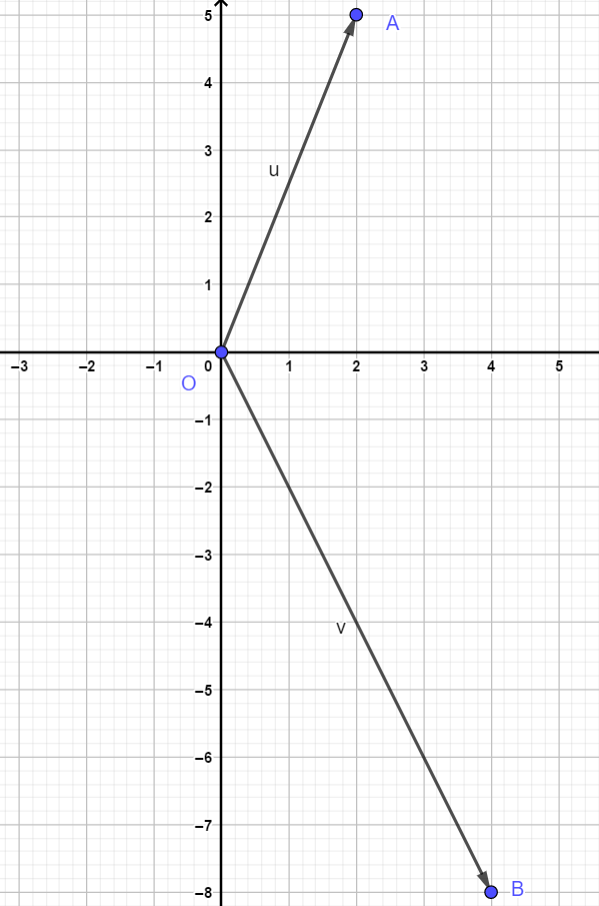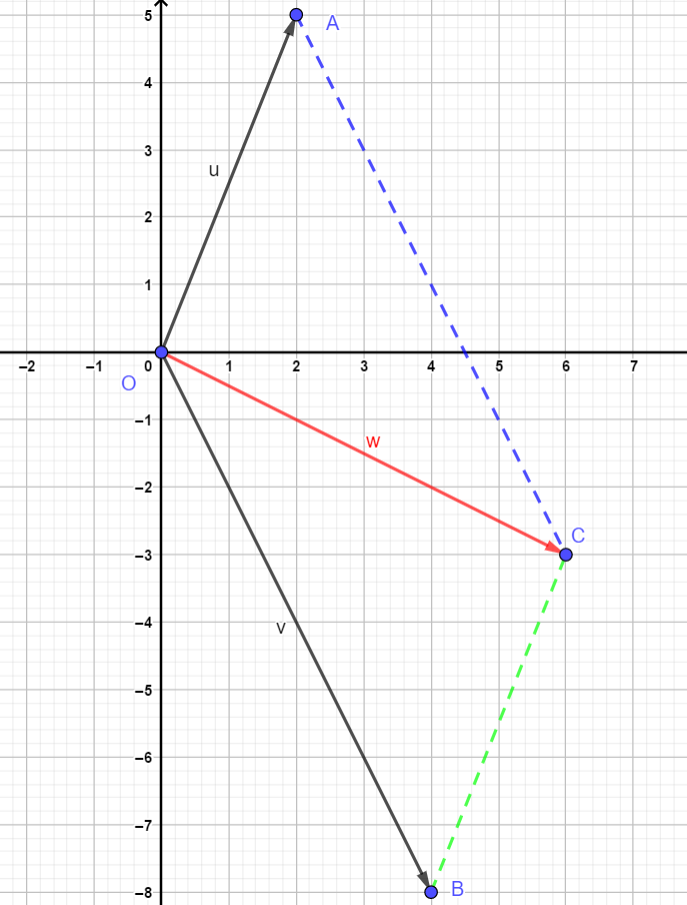How do you find the resultant as a sum of two components?
1 Answer
Please read the explanation.
Explanation:
How do we use the components of two vectors to find the resultant vector by adding the two vectors ?
A Vector is defined as a quantity with both magnitude and direction.
Two vectors are shown below:
We will also be using these vectors in our example later.

In component form
In component form
Let us see how we can add these two vectors:
Using component form:
Add
We can represent this solution graphically as follows:

The solution is represented by
OR
Note: Alternative graphical solution process:
OR
We can see that
Hope it helps.

